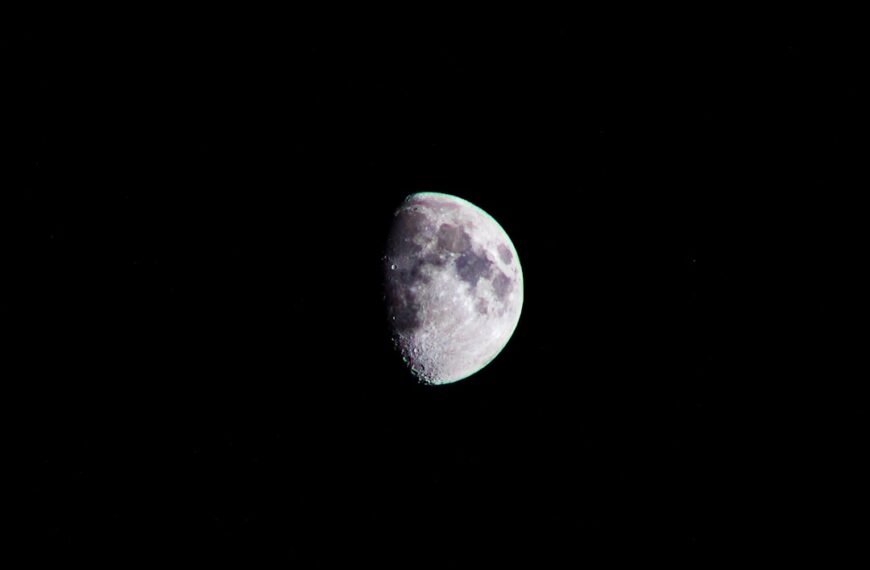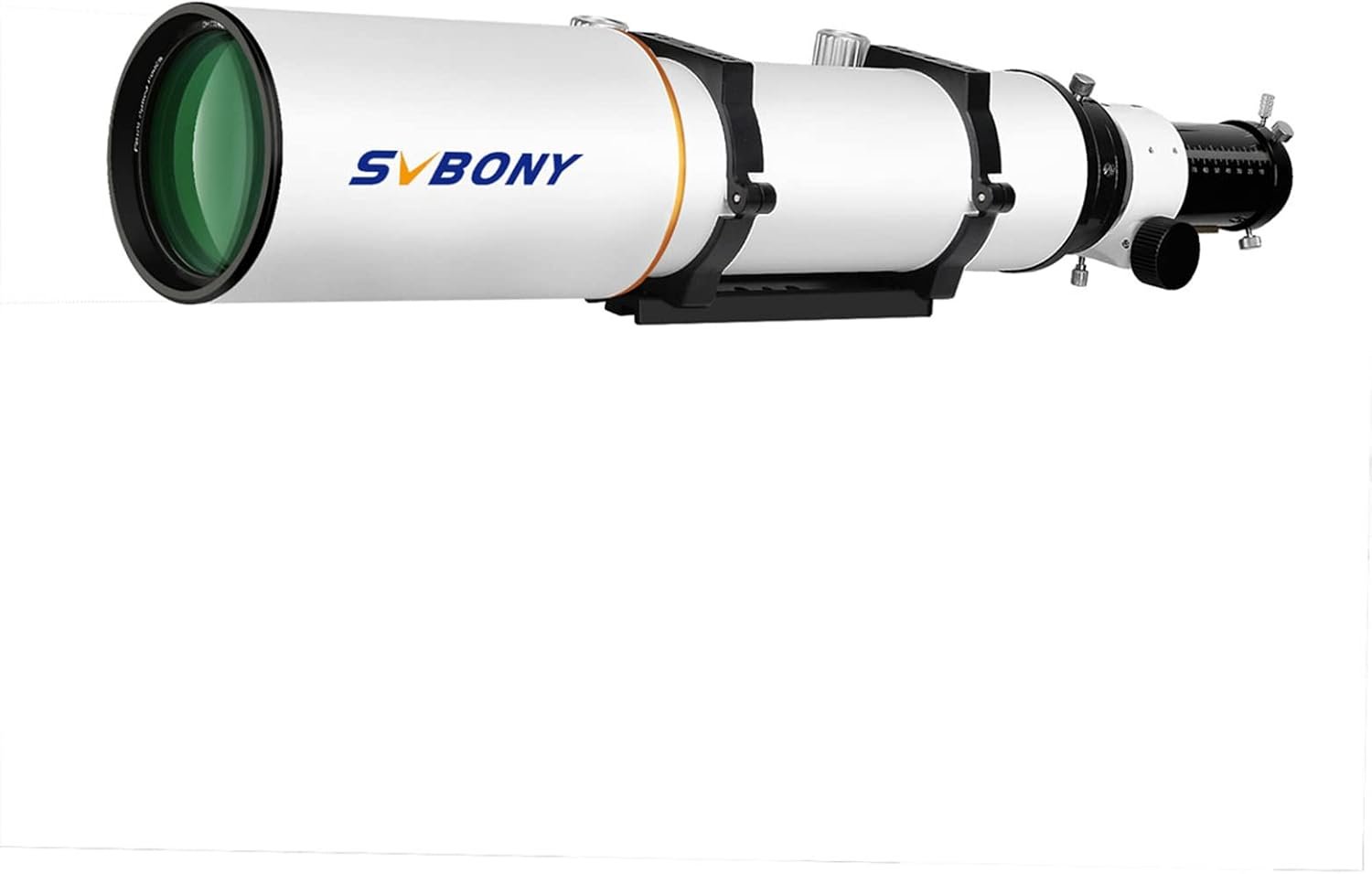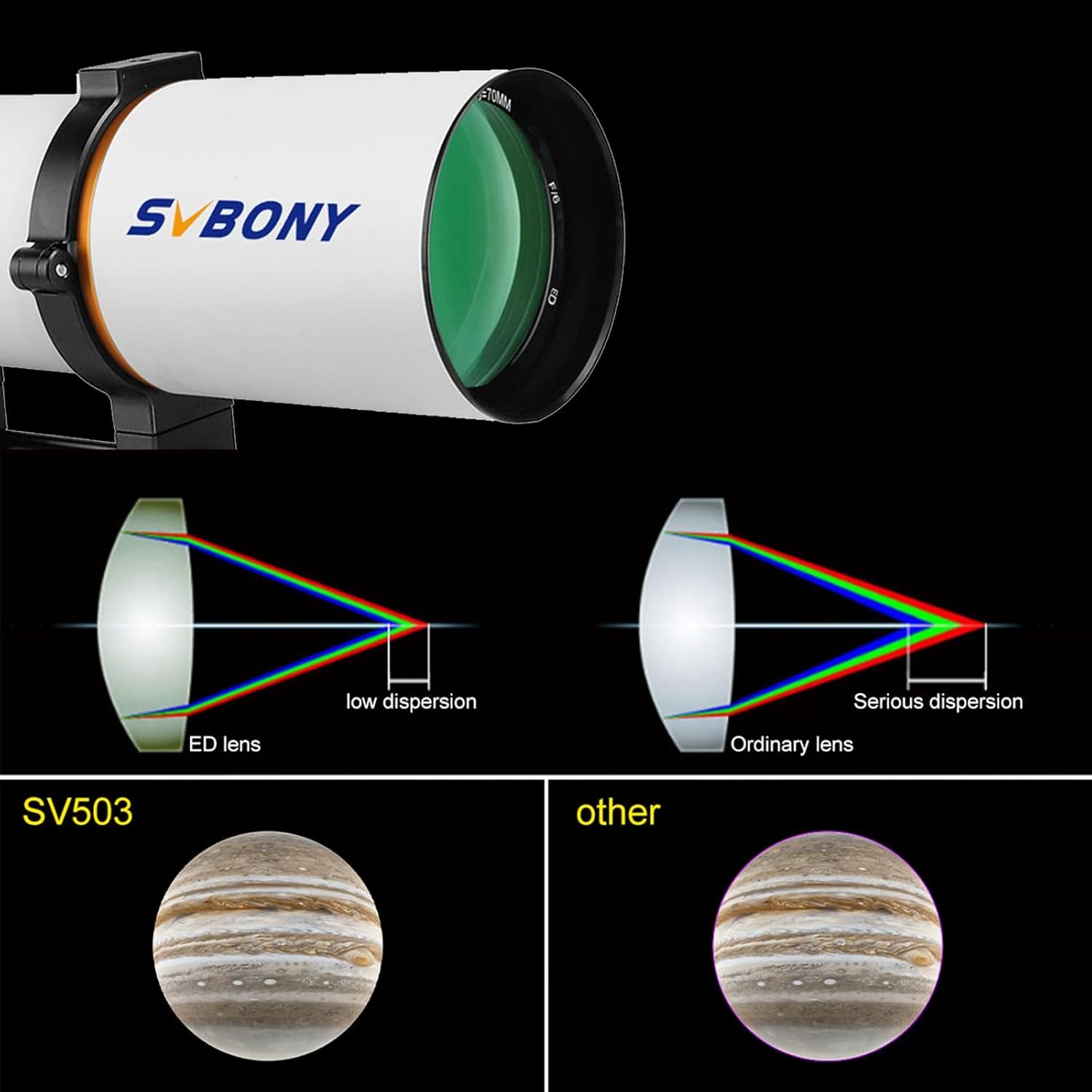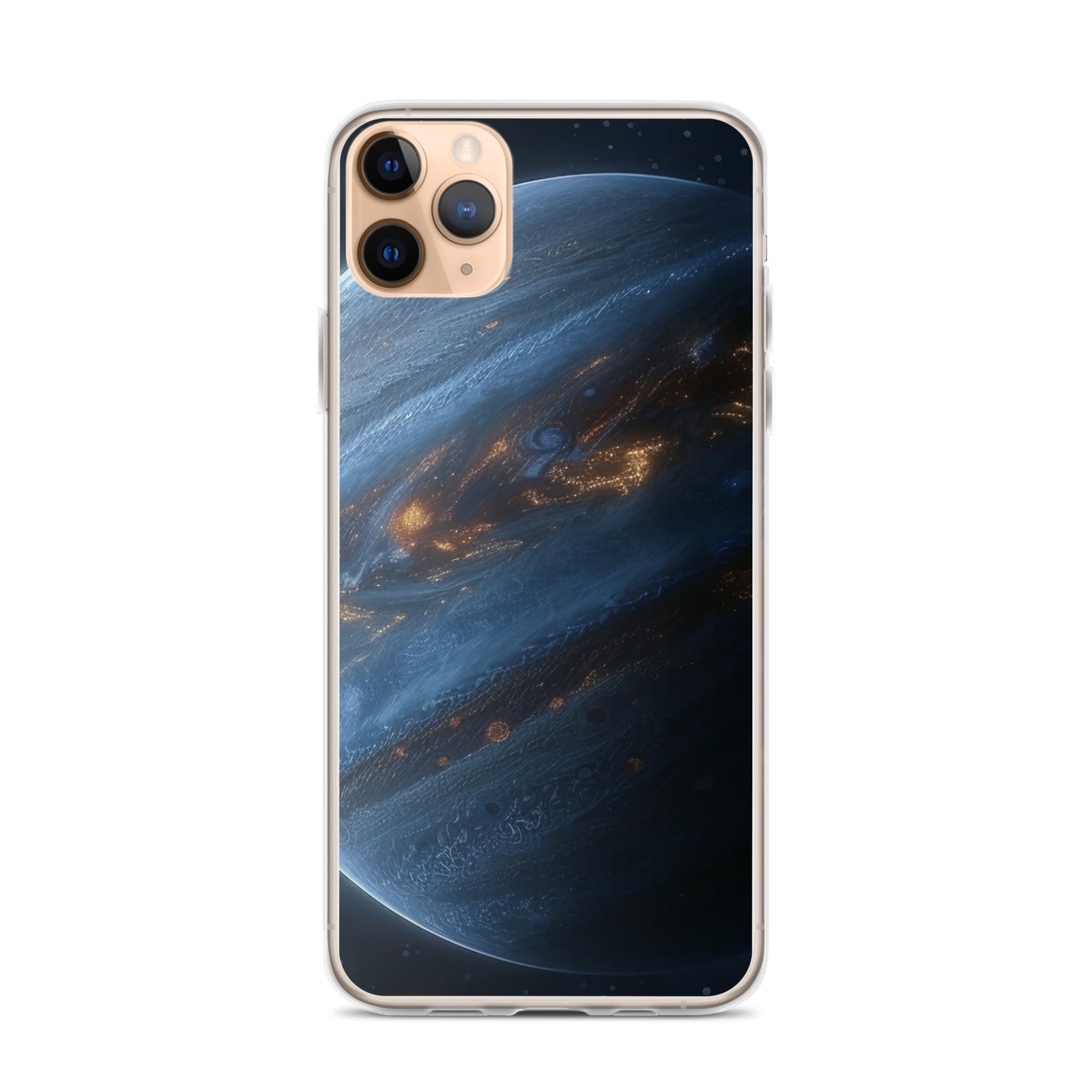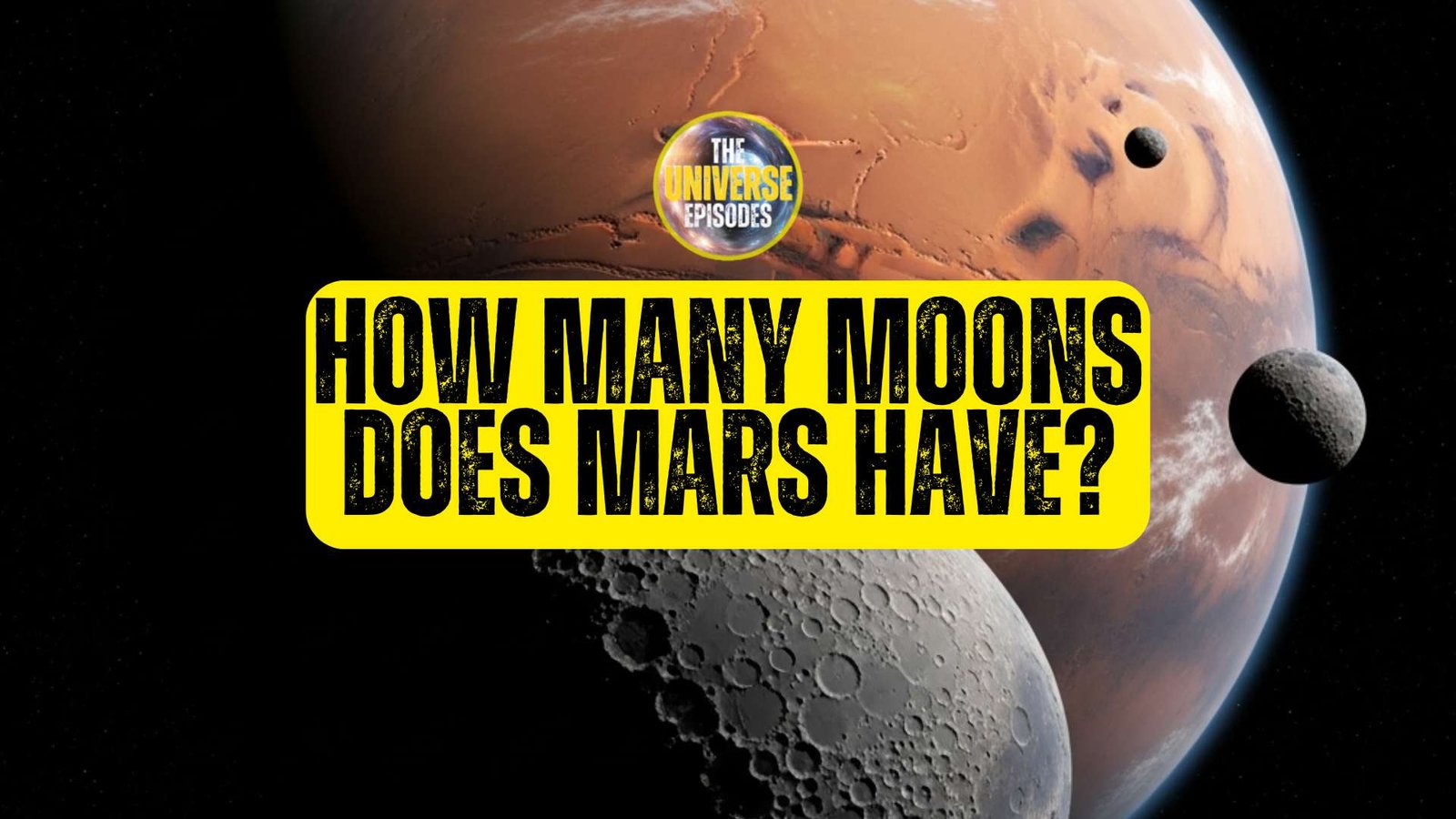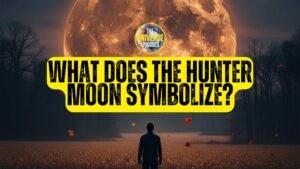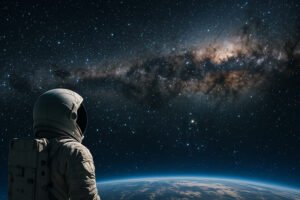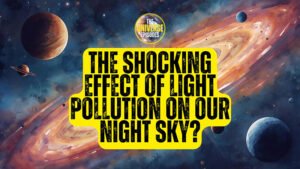Discover how astronomers discovered the Hercules–Corona Borealis Great Wall using gamma-ray bursts, revealing the largest known structure in the universe.
Key Takeaways
- The Hercules–Corona Borealis Great Wall (HCBGW) is possibly the largest known structure in the universe, spanning around 10 billion light-years.
- Astronomers did not see it directly — they inferred its existence by detecting and mapping gamma-ray bursts (GRBs).
- NASA’s Swift Observatory played a crucial role in discovering the HCBGW, measuring GRB distances (redshifts) to map cosmic structure.
- This discovery challenges the Cosmological Principle, which predicts no coherent structures larger than ~1.2 billion light-years.
- Some scientists believe it’s a real, physical structure; others think it could be a statistical fluke.
- Future missions like THESEUS, Fast Radio Burst mapping, and gravitational wave surveys could confirm or refute it.
What Is the Hercules–Corona Borealis Great Wall?
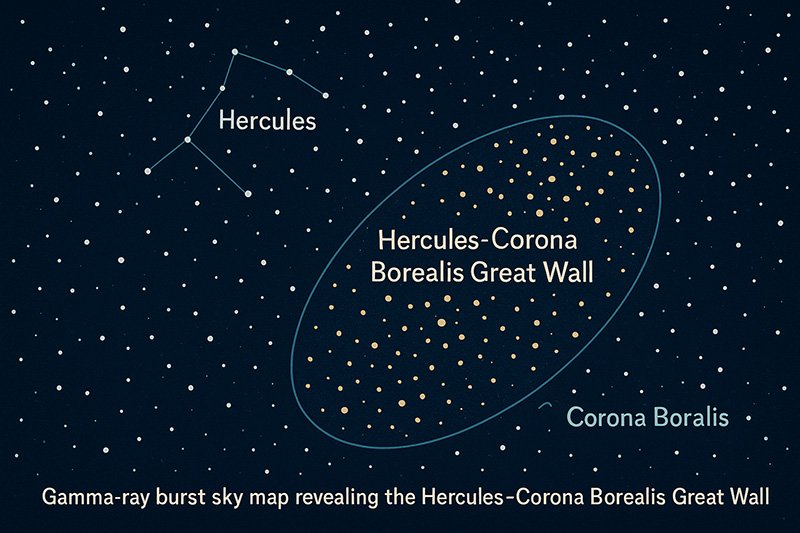 star map highlights the Hercules constellation, Corona Borealis, and the massive Hercules–Corona Borealis Great Wall with labeled points and an outlined area.” class=”wp-image-21444″/>
star map highlights the Hercules constellation, Corona Borealis, and the massive Hercules–Corona Borealis Great Wall with labeled points and an outlined area.” class=”wp-image-21444″/>The question “How Did Astronomers Discover the Hercules–Corona Borealis Great Wall?” has fascinated researchers since the claim first appeared in 2013.
The HCBGW is a possible supercluster complex of galaxies stretching across an unimaginable 10 billion light-years.
To compare:
- Milky Way Galaxy: ~100,000 light-years wide
- HCBGW: ~100,000 times larger
It’s named for the constellations Hercules and Corona Borealis, near which the densest part of this giant appears — though the structure spans over 20 constellations.
Why This Discovery Matters
If the HCBGW is real, it’s not just large — it’s too large by current cosmological rules.
The Cosmological Principle — a cornerstone of the standard ΛCDM (Lambda-Cold Dark Matter) model — predicts the universe should look uniform beyond ~1.2 billion light-years.
The HCBGW would be nearly 8× larger than this limit.
That means:
- Gravity somehow created a coherent structure faster than standard physics allows.
- Models of cosmic evolution would need major revisions.
- The idea of a homogeneous large-scale universe would be under threat.
How Did Astronomers Discover the Hercules–Corona Borealis Great Wall?
 galaxy with bright glowing center, surrounded by swirling, colorful, thread-like lines and set against a backdrop of numerous distant stars in the Hercules–Corona Borealis Great Wall.” class=”wp-image-21443″/>
galaxy with bright glowing center, surrounded by swirling, colorful, thread-like lines and set against a backdrop of numerous distant stars in the Hercules–Corona Borealis Great Wall.” class=”wp-image-21443″/>The short version: by tracking gamma-ray bursts — the brightest explosions in the universe — and analyzing their spatial clustering.
Understanding the Cosmic Web
Astronomers have long known the universe is arranged in a cosmic web of filaments, galaxy clusters, and vast voids.
Past “giant” discoveries include:
- CfA2 Great Wall (~750 million light-years, 1989)
- Sloan Great Wall (~1.4 billion light-years, 2003)
- Huge-LQG (~4 billion light-years, 2013)
The HCBGW would dwarf them all. But unlike those, it wasn’t discovered by mapping galaxies — it came from mapping gamma-ray bursts.
What Are Gamma-Ray Bursts?
GRBs are cosmic explosions so bright they can be detected across the observable universe.
They typically come from:
- Long-duration GRBs – Collapse of massive stars (collapsar model)
- Short-duration GRBs – Neutron star mergers
Long GRBs happen in star-forming galaxies, making them useful tracers of matter distribution.
The Swift Observatory’s Role
NASA’s Neil Gehrels Swift Observatory has three key instruments:
- Burst Alert Telescope (BAT) – Detects GRBs in gamma rays.
- X-ray Telescope (XRT) – Refines positions via afterglow observations.
- Ultraviolet/Optical Telescope (UVOT) – Captures optical afterglows and measures redshift.
From 1997–2012, Swift and ground-based observatories recorded 283 GRBs with measured redshifts.
Step-by-Step Discovery Process
- Data Collection – Gathered GRBs with reliable redshifts from Swift and other sources.
- Redshift Shell Division – Split the data into 9 distance bins.
- Finding the Anomaly – In z = 1.6–2.1, 14 of 31 GRBs clustered in the same sky region.
- Statistical Testing –
- Kolmogorov–Smirnov test – Checked against random distributions.
- Nearest Neighbor test – Measured proximity of bursts.
- Bootstrap method – Simulated thousands of random skies.
All tests showed >3σ significance — less than 1 in 180,000 chance of being random.
Firsthand Perspective
When I first read the 2013 paper, what struck me was the indirect nature of this discovery. Astronomers weren’t photographing a giant wall of galaxies — they were detecting faint cosmic lighthouses and using them like pins on a 3D map.
Over time, those pins formed a pattern so large that it seemed to break the universe’s own rules.
It’s a perfect example of how astronomy often works: connecting sparse dots into a bigger picture.
Why Some Astronomers Are Skeptical
Critics have raised valid points:
- Statistical Method Concerns – Using a 1D test (K-S) on 2D sky data.
- Look-Elsewhere Effect – Significant clustering appeared in only one redshift bin.
- Observational Bias – Uneven Swift sky coverage, and the Milky Way blocks parts of the sky.
- Cosmic Variance – Chance alignments happen, especially with small datasets.
Why Others Stand by the Discovery
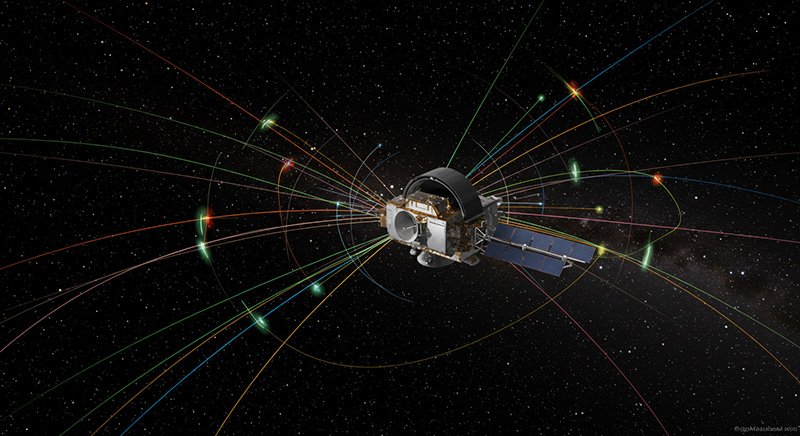 space with colorful lines illustrating magnetic or radiation fields around it, set against a star-filled background that hints at the vastness of the Hercules–Corona Borealis Great Wall.” class=”wp-image-21442″/>
space with colorful lines illustrating magnetic or radiation fields around it, set against a star-filled background that hints at the vastness of the Hercules–Corona Borealis Great Wall.” class=”wp-image-21442″/>Supporters argue:
- Later analyses with larger datasets (542 GRBs in 2025) still show clustering.
- Bias corrections can’t explain the strength of the signal.
- The structure may be even bigger than first thought.
Cosmological Implications
If confirmed, the HCBGW would:
- Break the End of Greatness scale.
- Challenge the ΛCDM model.
- Suggest new physics — like cosmic strings or pre-inflationary relics.
The Future: How We Might Get the Answer
- THESEUS Mission (ESA) – Thousands of GRBs detected and measured automatically.
- Fast Radio Burst Mapping – Maps ionized gas in the cosmic web.
- Gravitational Wave Events – Another independent large-scale tracer.
A multi-messenger approach could confirm if the HCBGW is a real structure or a statistical illusion.
FAQ
What is the Hercules–Corona Borealis Great Wall and how big is it?
The Hercules–Corona Borealis Great Wall is a possible supercluster complex of galaxies spanning about 10 billion light-years, making it one of the largest known structures in the universe.
How did astronomers discover the Hercules–Corona Borealis Great Wall?
Astronomers discovered it in 2013 by mapping the positions of gamma-ray bursts detected by NASA’s Swift Observatory and analyzing their clustering in space at similar distances.
How far away is the Hercules–Corona Borealis Great Wall from Earth?
The structure is observed at a redshift of 1.6 to 2.1, which means we are seeing it as it existed about 10 billion years ago.
Can the Hercules–Corona Borealis Great Wall be seen through a telescope?
No, the Hercules–Corona Borealis Great Wall cannot be directly seen. Its existence is inferred from the statistical clustering of gamma-ray bursts rather than a visible, continuous wall of galaxies.
Why is the discovery of the Hercules–Corona Borealis Great Wall controversial?
The discovery is debated because the data may be affected by statistical anomalies, observational biases, or cosmic variance, and it challenges the established Cosmological Principle.
Final Thoughts — A Wall or a Window?
The debate over how astronomers discovered the Hercules–Corona Borealis Great Wall is more than an argument about size — it’s a test of how we map the universe with limited data.
If the structure is confirmed, it will stand as the largest known feature in the cosmos, rewriting our understanding of cosmic formation. If it’s not, the journey still teaches us valuable lessons about observation, bias, and statistical limits.
Either way, answering “How Did Astronomers Discover the Hercules–Corona Borealis Great Wall?” is a story about pushing human knowledge to its limits — and daring to question the very fabric of the universe.







